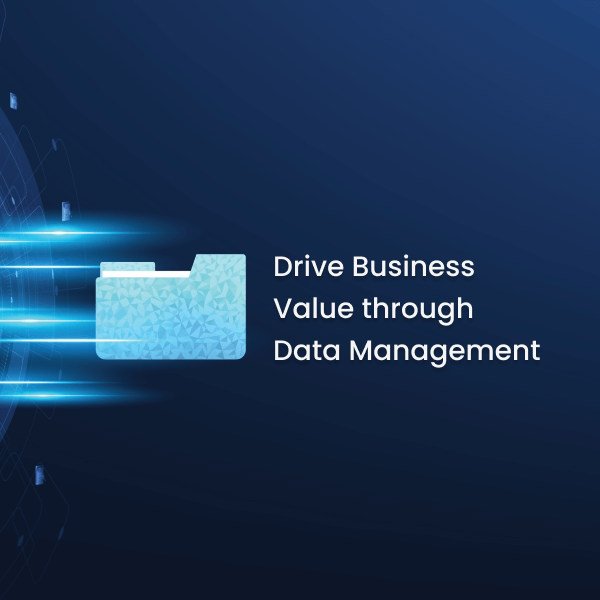Researchers at the University of Michigan recently broke into a house. They didn’t hop a fence or pick a lock—instead they hacked their way in and gained full control of the home’s smart house automation system. It’s no wonder people are concerned about the Internet of Things.
“Internet of Things”—or IoT—refers to physical objects embedded with data sharing and capturing capabilities. As excited as consumers are to experience many IoT devices’ promised lifestyle changes, many are held back by legitimate concerns. More than 2/3 of global consumers are hesitant to adapt to IoT devices due to concerns about privacy and security. It’s difficult to be confident in the security of your personal data when you’re constantly faced with potential nightmare scenarios…
How do you know your floor plans won’t get hacked when you use your smart vacuum (i.e. Roomba) to clean your house while you’re at work? How do you know privileged conversations won’t be compromised when using your smart assistant (i.e. Amazon Alexa) to enhance efficiency in the office?
The Privacy Dilemma
These concerns aren’t paranoia; they’re just the tip of an iceberg. The obvious response to consumer concerns is to enhance cybersecurity measures for IoT data. But the question remains: do advanced firewalls really solve the privacy dilemma?
Given the landscape of breaches, I would argue they do not. IoT providers need to understand what security means to consumers since advanced cybersecurity is not enough protection for their personal data. Ultimately, consumers need visibility and control of their personal data for use cases both at home and in the workplace. For users, there are four major security concerns:
- What data is being collected?
- How is that data being used?
- Where is the data saved?
- How long will the data be kept?
The Customer Perspective
IoT providers must address privacy the way their customers do in order to alleviate fears and expand sales beyond early adopters. IoT vendors need to put themselves in their customers’ shoes for a second: by using your product, customers are entrusting you to protect their house, properties, family, career, etc. The data these devices collect comprise lives.
How can users trust the handling of their data when they don’t know what IoT vendors have, how their information is being used, and who has access? Fundamentally, IoT providers need complete visibility and control of customers’ personal data and to be able to provide answers to their customers.
Fear shouldn’t stop the IoT market from expanding, even if the fear is legitimate. While there’s always a way in, unstructured data management is the foundation of privacy and security and can always be improved.
For more information on how a comprehensive governance strategy can transform your organization, check out Information Governance is a Strategy, Not a Tool, a white paper by Osterman Research.




